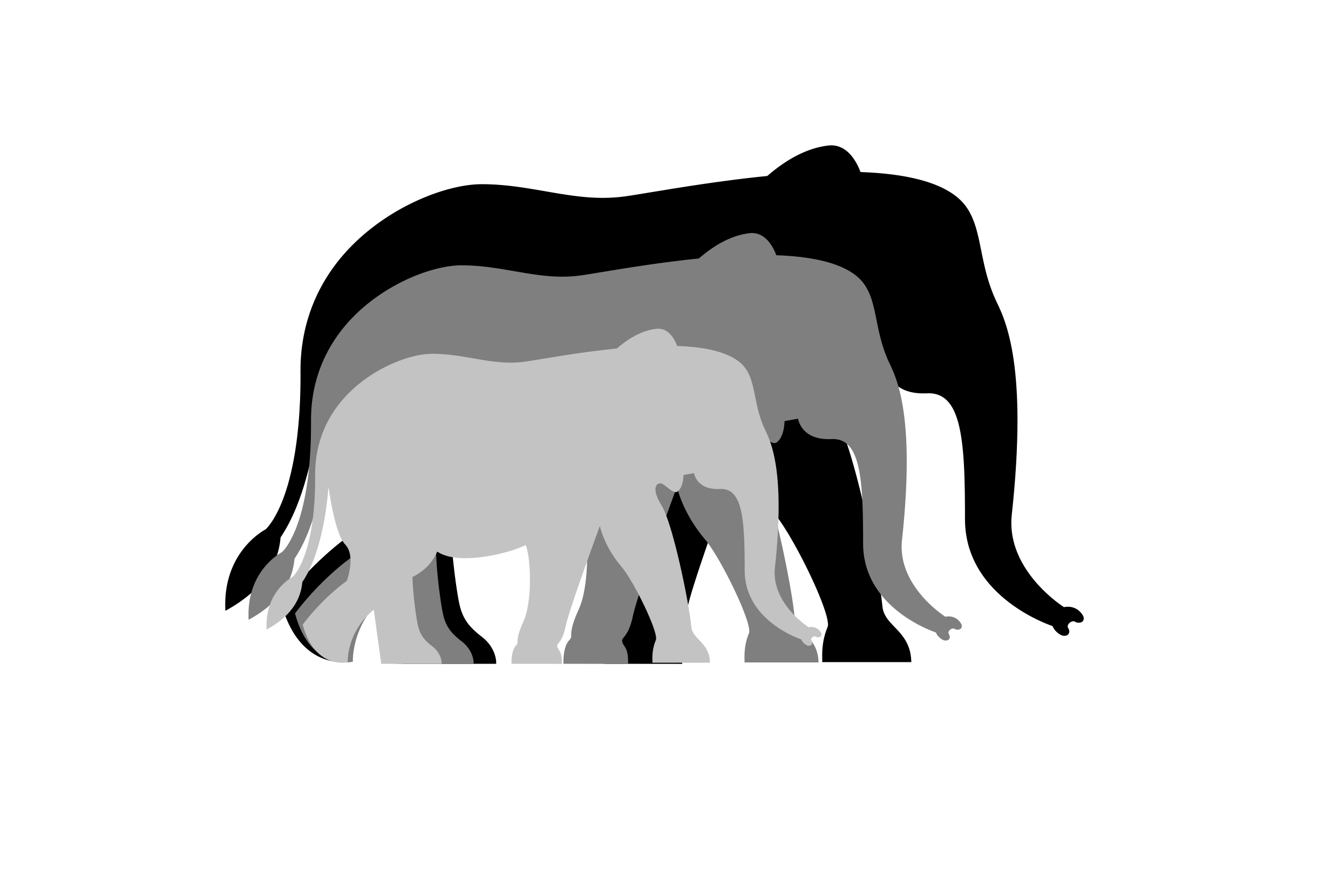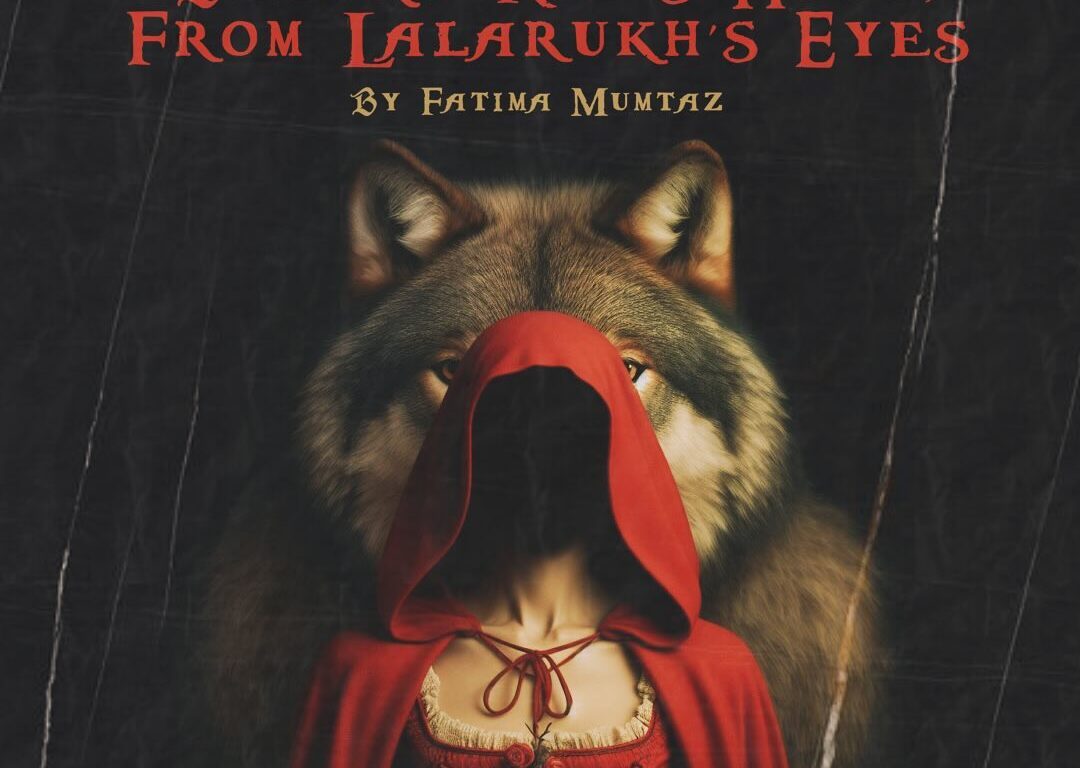In the enchanted realm that thrived within Lalarukh’s imagination, her life unfolded to the beloved saga of Little Red Riding Hood. Her journey was akin to Little Red Riding Hood, as she created her own fable where each person donned a role mirroring characters from the beloved tale.
In Lalarukh’s world, Chachi, with her wily smirk, inhabited the guise of the cunning wolf. Her laughter echoed the fables of the shrewd predator. Nani, a paragon of benevolence and warmth, effortlessly assumed the mantle of the cherished grandmother, offering solace with her embrace and wisdom with her words. Amma, exuding an innate nurturing essence, was cast as the caring mother, while her father morphed into the gallant hunter.
However, a fascinating realization began to emerge—a realization not merely about Lalarukh’s whimsical narrative but about the dance between observer and observed, perception and reality. Her vibrant characters, meticulously painted onto the canvas of her imagination, were but shadows. Lalarukh’s tale unfolds a paradox—how the same individual can be perceived diversely by different people. Chachi, often depicted as the lupine figure in Lalarukh’s narrative, might metamorphose into the docile sheep in the eyes of another, embodying the fluidity inherent in human nature. Nani concealed intricacies beyond the scope of the little girl’s innocent perception. The roles Lalarukh assigned were fleeting snapshots, frozen moments captured by her whimsy, not the immutable essence of those around her.
This dichotomy extends beyond folklore.
Studies in social psychology, like the “Fundamental Attribution Error,” shed light on how individuals often ascribe others’ actions to internal traits rather than considering external circumstances. This underscores the limits of perception in understanding the full spectrum of human nature. The crux of this tale doesn’t lie solely within Lalarukh’s fanciful storytelling but rather in the nuanced realization it imparts—the understanding that our perceptions, though vivid and compelling, are but facets of the kaleidoscope through which we glimpse reality. The personas she so confidently imbued her loved ones with were mere facets of their multidimensional selves. They existed beyond the confines of her fairy tale.
It beseeches us, as observers, to acknowledge the constraints of our perspectives. What we discern and how we construe others stem from a mosaic woven from our experiences, biases, and the narratives we craft. Just as Lalarukh’s tale mirrors her version of reality, so too do our perceptions mirror our narratives. The roles society assigns often become a defining narrative, yet they only scratch the surface of an individual’s persona. Lalarukh’s imaginative storytelling mirrors the discrepancy between societal expectations and the realities of personal character.
Philosophical discourses by existentialists such as Sartre and Camus delve into the concept of the “absurd” and the struggle between societal roles and personal authenticity. Their ideas echo the complexity of human identity beyond societal constructs, urging individuals to create their own meaning in an absurd world. Lalarukh’s whimsical world serves as a compelling allegory, urging introspection among readers. How often do our biases and preconceptions shape our understanding of others? How many layers of reality lie hidden beneath the veneer of societal roles?
As we traverse our own narratives, may we remember that each of us, like characters in a tale, encompasses multitudes waiting to be discovered beyond the boundaries of a singular perception. Embrace the labyrinthine complexity of human nature, where within the same soul, the wolf and the sheep may coalesce.
By Fatima Mumtaz
Guest Writer (TLC 2023-2024)
Note: the views expressed in the article solely belong to the writer and do not reflect TLC.

